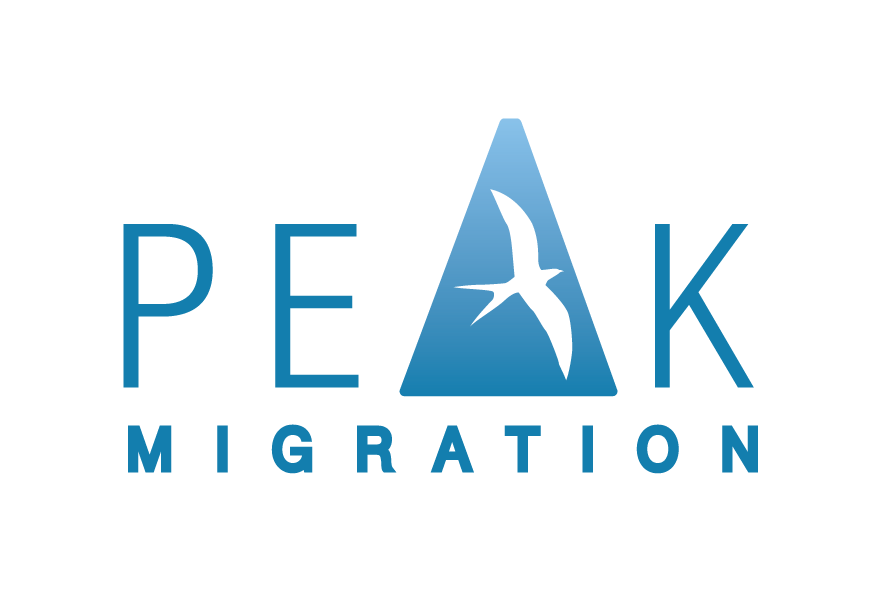Income thresholds increasing 4.6% on 1 July 2025; Permanent planning levels now multiyear
/The Department of Home Affairs confirmed today an increase to salary thresholds of 4.6 per cent from 1 July 2025. This will affect all nomination applications lodged from 1 July 2025 and will not be retrospectively applied.
The indexing of the various salary thresholds for nomination applications was previously done on an ad hoc basis and at the whim of the minister. Since the introduction of the subclass 482 – Skills in Demand visa last December, indexing is now mechanical and the formula is set out in the Migration Regulations 1994 (Cth) at regulation 5.42A.
The formula multiplies the current thresholds by an indexation factor. The indexation factor uses the full‑time adult average weekly ordinary time earnings (AWOTE) as provided by the Australian Bureau of Statistics to effectively measure a standard of wage growth.
The indexation factor is the AWOTE for the most recent December quarter before 1 July of each year divided by the AWOTE for the previous December quarter. For this year:
Indexation factor = AWOTE December 2024 quarter / AWOTE December 2023 quarter
That indexation factor is 4.6 per cent and will be applied to three thresholds:
Core Skills Income Threshold (CSIT) which will increase from $73,150 to $76,515
Specialist Skills Income Threshold (SSIT) which will increase from $135,000 to $141,210
Temporary Skilled Migration Income Threshold (TSMIT) which will increase from $73,150 to $76,515
The core skills income threshold affects nomination applications for the subclass 482 – Skills in Demand visa under the Core Skills stream and the subclass 186 – Employer Nomination Scheme visa.
The specialist skills income threshold affects nomination applications for the subclass 482 – Skills in Demand visa under the Specialist Skills stream.
The TSMIT applies to nominations for the subclass 494 – Skilled Employer Sponsored Regional visa and where still applicable, the subclass 187 – Regional Sponsored Migration Scheme visa.
What is incorrect in the news article is the advice that nominations “must meet the new relevant income threshold or the annual market salary rate, whichever is higher.” Even the Department of Home Affairs’ advice elsewhere states that the annual market salary rate must be at least the threshold. The nominated worker’s salary must be at least the annual market salary rate.
There are provisions to reasonably disregard these requirements, however, the situations where this will be considered are extremely limited.
Planning levels move to four-year periods, Federal Budget a no-show
The Federal Budget was handed down last night and in general, it provides insight into government policy on migration matters for the next year.
This year there is next to nothing. The primary reason is that this budget was never planned to be delivered due to the upcoming election. Cyclone Alfred put a stop to calling the election earlier.
One takeaway is that net overseas migration, which is the number of long-term residents in Australia on both temporary and permanent visas is set to decrease dramatically from 435,000 for the 2023-24 program year, to almost half at 225,000 for the 2026–27 program year. The papers state that departures are expected to pick up “as more people who arrived after the pandemic near the expiry of their visa”. Whether these numbers are realised is another story.
Additionally, Australia’s permanent migration planning levels will move to a four-year planning model instead of the current twelve-month cycle. This is to incorporate considerations for infrastructure, housing, and services.

